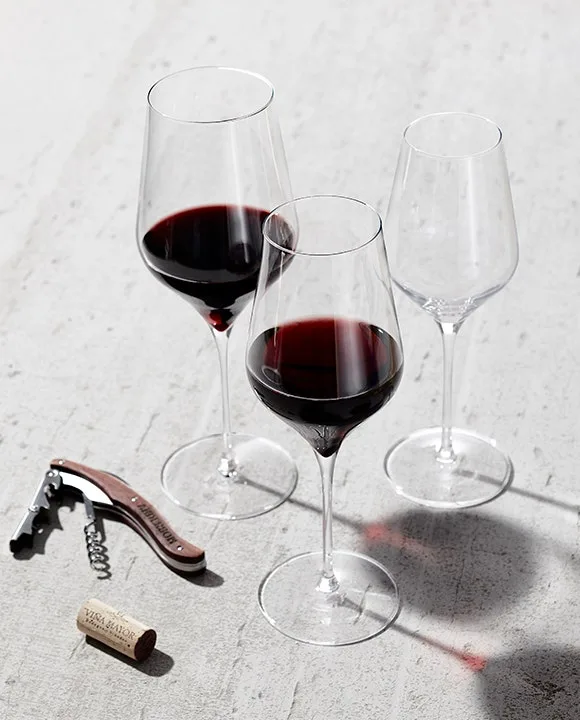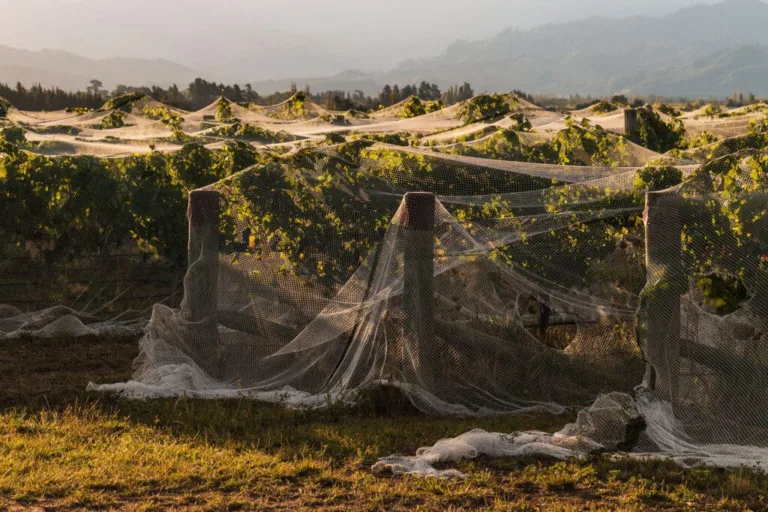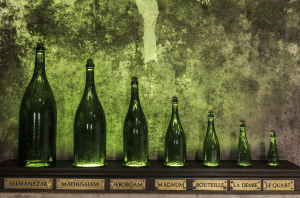Winter pruning in Clements Hills-Lodi’s Stampede Vineyard which has become a favorite Zinfandel source among small, handcraft terroir focused producers because of the growth’s penchant for high acidity, moderate weight and ringing berry perfumes.
Continued from What is Lodi terroir? (Part 4, How terroir focused wines are made)
Lodi grown wines that prioritize sensory qualities expressing terroir or “sense of place”—be it a specific vineyard or an appellation or sub-appellation (i.e., an AVA within an AVA)—over varietal character or brand style are now more numerous than you may think.
For the most part, terroir focused producers are on the small, artisanal side, with rare exceptions—such as the nationally distributed Mettler Family Vineyards and Klinker Brick Winery brands, which produce handcraft, native yeast fermented, neutral oak aged Zinfandels as a way of showing off historic old vine properties, in stark contrast from their commercial style releases.
Marchelle Wines’ Greg La Follette—a Sonoma based vintner famed for pure, terroir driven, native yeast fermented wines—sampling ancient vine Lodi Zinfandel just before harvest.
Finally, not all terroir focused brands practice native or wild yeast fermentations. For example, Lodi’s Acquiesce Winery & Vineyards ferments with cultured yeasts, yet their wines very much express the natural qualities of mineral, floral and fresh fruit profiles specific to their Mokelumne River-Lodi estate, primarily for three reasons:
1. They eschew oak aging altogether (all wines released after only a short time in stainless steel tanks in which they are fermented).
2. They specialize in varietals and blends made







